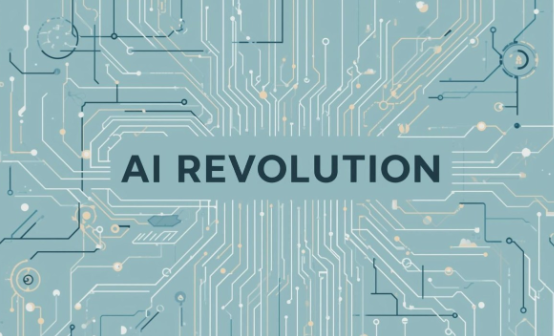Leadership | Entrepreneurship | Management | Planning | Strategy | Writing for Finance | Development finance expert | International speaker
24 de novembro de 2025
In recent years, the integration of Artificial Intelligence (AI) and Information Technology into non-profit organisations (NPOs) has initiated a paradigm shift in how impact is measured, evaluated, and communicated. In an ever-evolving social landscape, NPOs are increasingly tasked with demonstrating tangible outcomes and advancing the United Nations Sustainable Development Goals (SDGs). The adoption of AI, combined with robust data systems, offers society civil and the nonprofit sector unprecedented opportunities to optimise transparency, accountability, and resource allocation.
The complexity and multidimensional nature of social impact have always challenged the NPO sector. Traditional methodologies—often reliant on surveys, anecdotal evidence, and periodic manual reviews—can be time-consuming, subjective, and limited in scope. AI, however, provides the means to transcend these limitations, leveraging large datasets with advanced analytics, machine learning, and predictive modelling to generate actionable insights . As Ebrahim & Rangan (2014) argue, “impact measurement must account for long-term change, not just immediate outputs,” and AI’s ability to detect patterns and forecast trends pushes NPOs towards greater strategic efficacy.
The articulation between civil society, technological advancement, and the attainment of SDGs is both pragmatic and visionary. AI systems enable continuous real-time monitoring, automate performance tracking, and identify programmatic gaps with high precision. For example, natural language processing can analyse beneficiary feedback at scale, while AI-powered mapping tools inform resource distribution to maximise social good . This form of data-driven decision making is essential for organisations committed to evidence-based practice and social innovation.
Leveraging these technologies serves not only internal management but also the wider ecosystem. Civil society stands to benefit from AI-powered platforms that increase citizen engagement, foster cross-sector partnerships, and accelerate knowledge exchange. As highlighted by Bryson et al. (2020), “utilising new technologies for impact assessment enhances the legitimacy and effectiveness of NPOs, improving their ability to contribute meaningfully to the SDGs.”
Nonetheless, NPOs must approach AI adoption ethically and inclusively, ensuring algorithmic transparency, data privacy, and the amplification of marginalised voices. The real revolution lies less in technology itself, and more in its responsible application—where AI augments, rather than replaces, the human creativity and empathy at the heart of civil society activism.
The proper and strategic deployment of AI for impact measurement holds transformative potential for NPOs and the broader goals of social progress. By harnessing these technologies, civil society can elevate its role as a catalyst for achieving the SDGs, shaping a more informed, equitable, and resilient future.
References:
Ebrahim, A., & Rangan, V. K. (2014). What Impact? A Framework for Measuring the Scale and Scope of Social Performance. California Management Review, 56(3), 118-141.
Bryson, J. M., Crosby, B. C., & Stone, M. M. (2020). Designing and Implementing Cross-Sector Collaborations: Needed and Challenging. Public Administration Review, 80(5), 803-814.
United Nations. (2015). Transforming our world: The 2030 Agenda for Sustainable Development. UN General Assembly.


